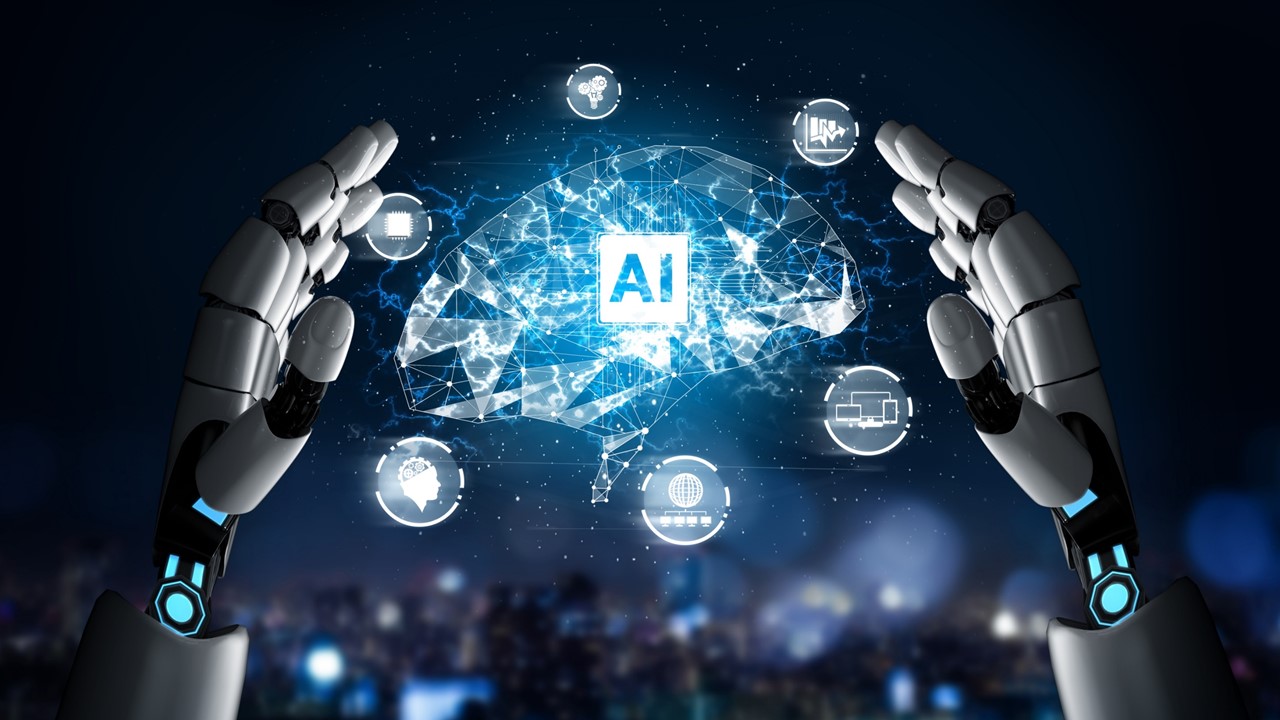Generative Adversarial Models (GANs) are a class of generative models that consist of two neural networks: a generator and a discriminator. GANs are designed to generate new samples that resemble a given training dataset by learning the underlying data distribution. The generator network takes random noise as input and generates synthetic samples. It aims to […]
Continue Reading
Variational Auto-encoders (VAEs) are a type of generative model that combines the concepts of auto-encoders and variational inference. Autoencoders are neural network architectures used for unsupervised learning, which aim to encode high-dimensional input data into a lower-dimensional latent space and then decode it back to reconstruct the original input. Variational inference, on the other hand, […]
Continue Reading
Python is one of the most popular programming languages for data science and machine learning due to its simplicity, versatility, and the availability of numerous powerful libraries and frameworks. Here are some common uses of Python in data science and machine learning: Data Manipulation and Analysis: Python provides libraries like NumPy and pandas that offer […]
Continue Reading
Convolutional Neural Networks (CNNs) are a specialized type of neural network that are primarily designed for processing grid-like data, such as images or audio spectrograms. CNNs have been highly successful in computer vision tasks, such as image classification, object detection, and image segmentation. The key idea behind CNNs is the use of convolutional layers, which […]
Continue Reading
Neural networks are computational models inspired by the structure and function of the human brain. They are composed of interconnected artificial neurons (also known as nodes or units) organized in layers. These networks learn from data by adjusting the weights and biases associated with the connections between neurons. Here’s a high-level overview of how neural […]
Continue Reading
Pandas and Python together form a powerful toolkit for data analysis and manipulation due to several key factors: Data Structures: Pandas provides two primary data structures: Series and DataFrame. Series is a one-dimensional labeled array capable of holding any data type, while DataFrame is a two-dimensional labeled data structure with columns of potentially different data […]
Continue Reading
Creating a fully functioning social network site with Flask requires a good understanding of web development concepts and Flask framework. Here are some tips to get started: Plan your website’s features and functionalities: Determine what features you want to include in your social network site, such as user registration, user profiles, news feed, messaging, commenting, […]
Continue Reading
here is an industry case study that demonstrates the use of REST API: Case Study: Stripe Payments Stripe is a popular payment processing company that offers REST API for developers to integrate their payment services into their applications. With Stripe API, developers can accept payments, manage subscriptions, and handle refunds and disputes, among other things. […]
Continue Reading
A database is an organized collection of data that is stored and managed using a computer system. It is designed to make it easy to access, manage, and update large amounts of data in a structured way. Databases can be used to store a wide variety of information, such as customer data, financial records, product […]
Continue Reading
As an AI language model, ChatGPT is already a powerful tool that can be used for a wide range of tasks, including natural language processing, question answering, language translation, and more. However, if you want to build a more specialized AI system using ChatGPT, here are some steps you can follow: Define your problem: Start […]
Continue Reading
Supervised and unsupervised learning are two common types of training methods used in artificial intelligence (AI). Supervised learning involves training an AI model on a labeled dataset, where the output (or label) is known for each input. On the other hand, unsupervised learning involves training an AI model on an unlabeled dataset, where the output […]
Continue Reading
Generative models are a class of machine learning models that are designed to generate new data that is similar to the training data they were trained on. These models learn the underlying probability distribution of the training data and use it to generate new samples that are similar to the original data. One example of […]
Continue Reading
AI (Artificial Intelligence) is used in computer games to create intelligent and interactive game characters, enhance player experience, and optimize game design. Here are some common applications of AI in computer games: Non-player Characters (NPCs) – AI is used to create intelligent NPCs that can interact with players in a more natural and realistic way. […]
Continue Reading
Generative AI has many applications across various fields, including art, music, literature, gaming, and more. Here are some examples of the applications of generative AI: Text generation: Generative AI can be used to create unique and creative pieces of writing, such as news articles, essays, and even novels. An example of this is the AI-generated […]
Continue Reading